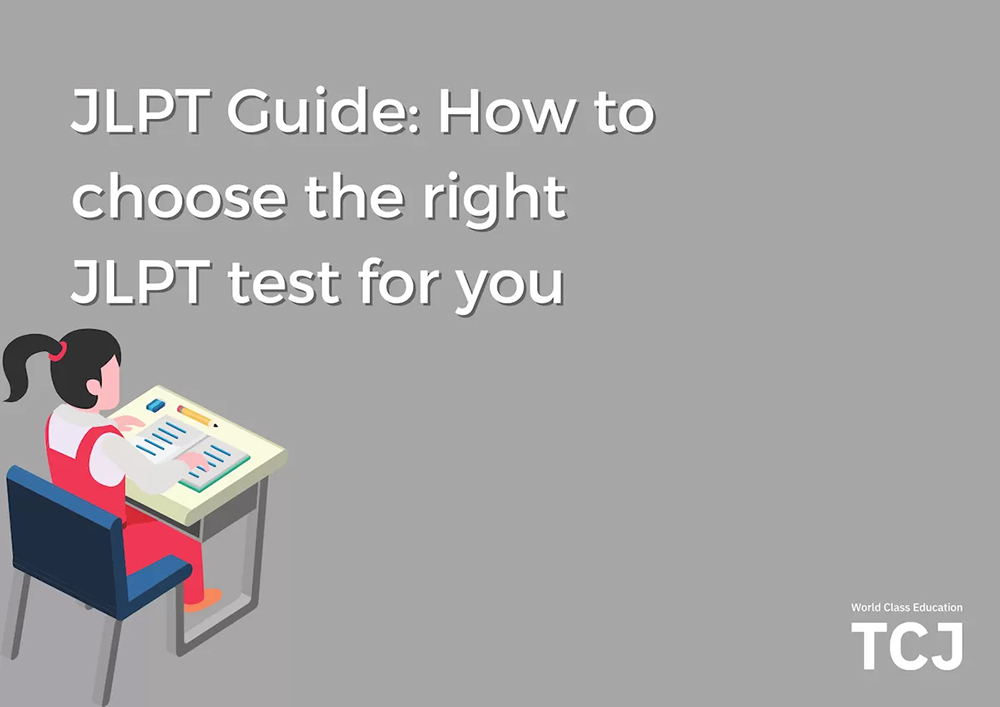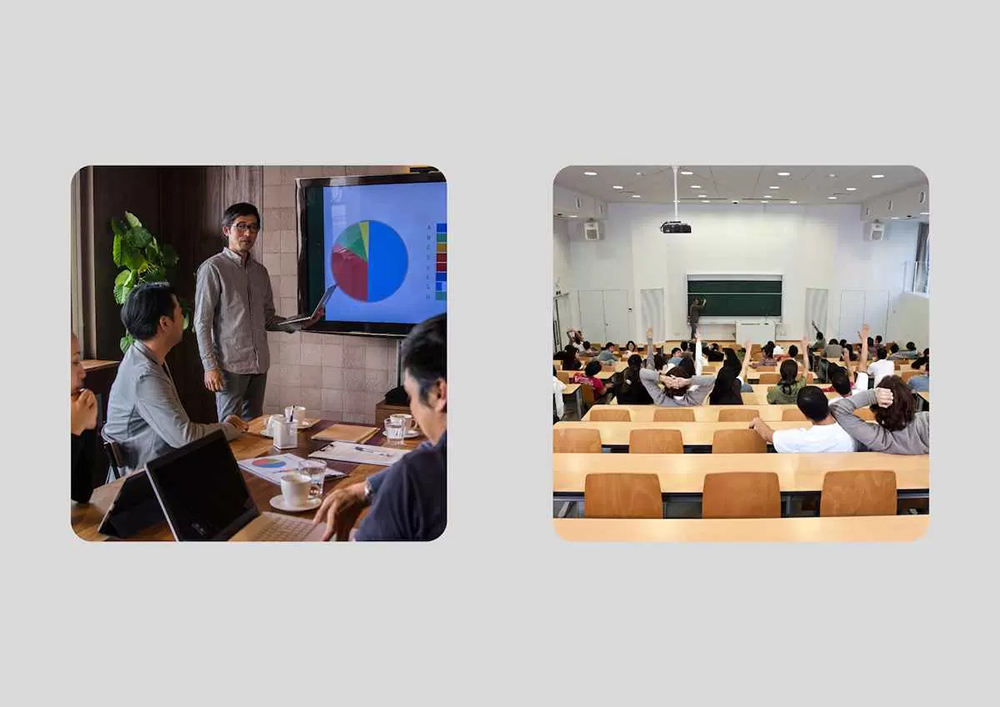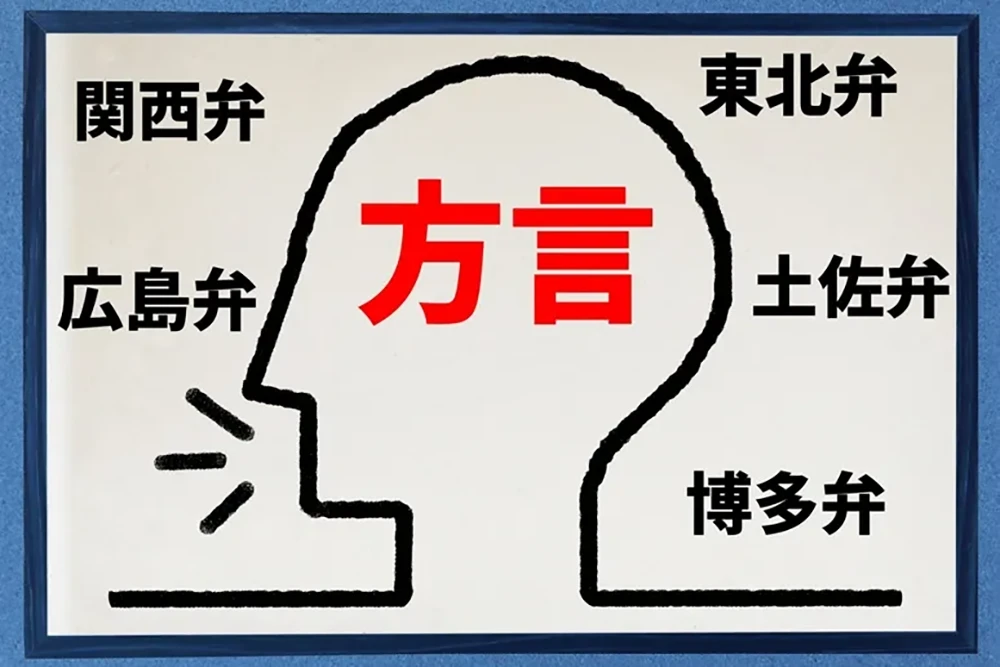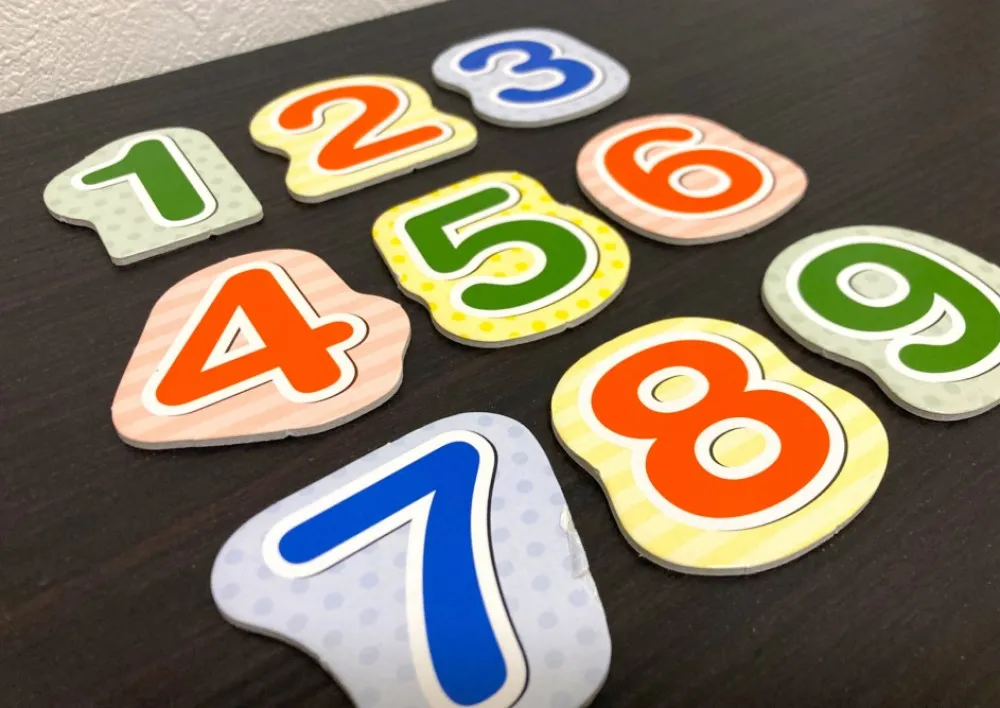

How to choose the right JLPT test for you
The Japanese Language Proficiency Test (JLPT) is the world’s top Japanese language test. It is widely recognized across both the public and private sectors as a benchmark for Japanese proficiency. There are five levels, with JLPT N5 being the lowest and JLPT N1 the highest. The tests are taken by a wide range of people, from elementary school students to working adults, twice per year. Test takers’ motivators also vary– the largest being to measure one’s own level of proficiency (32%), followed by employment, salary increase, or promotion (23.1%).
In this article, we explain what is covered in each level, expected outcomes or benefits of each, and insider tips and information that are useful for aspiring JLPT test takers.
Best for basic Japanese: JLPT N5 and N4
JLPT N5 is the lowest JLPT level, followed by N4. These two levels cover basic Japanese. Those who pass the N5 level are able to read and understand typical expressions and sentences written in hiragana, katakana, and basic kanji. They are also able to listen to and comprehend everyday conversations and are able to pick up information in short, slowly-spoken conversations. At the N4 level, learners are able to read and understand passages on daily topics, and are able to listen and comprehend daily conversations and generally follow along when spoken slowly.
One of the main reasons why students choose to take the N5 or N4 is to study in Japan. This is because in some cases, you will need to pass the N5 test for admission to Japanese language schools and to apply for a student visa. At TCJ, we require either an N5 certification or a certificate of 150 hours of study to accept students to our student visa program. Another reason to take the N5 or N4 is to learn basic Japanese. As the saying goes, you have to start somewhere. By passing these levels, you are on your way up to the more advanced levels.
Best for conversational Japanese: JLPT N3
Those at the JLPT N3 level have the ability to understand Japanese used in everyday life to a certain extent. They are able to read and understand specific materials concerning everyday topics, and are able to understand summarized information like newspaper headlines. They are also able to read slightly more difficult writing encountered in daily life and understand the overall points with added aids or context. They can comprehend everyday conversations spoken at near-natural speed, and understand the relationships among the people speaking.
Many people, who are aiming to land a better job or increase their salary, choose to study for and take the JLPT N3 exam. This level is particularly popular among TCJ students, as this is the level required for daily communication.
Best for employment and higher education: JLPT N2 and N1
At the N2 and N1 levels, learners are beyond conversational level and are closer to business level Japanese. At the N2 level, they are able to read and understand materials on a variety of topics, such as newspaper and magazine articles and simple critiques. They are also able to read other types of content and follow the narratives and the intent of the writer. In terms of listening, they can comprehend conversations and news reports at a nearly-natural speed in a variety of settings. They are also able to understand the relationships among those speaking and the essential points of the listening material.
As N2 is a business-level certificate, it is particularly popular for those who wish to prove language proficiency for employment, a job change, and entrance into higher education. It also has a higher pass rate than the N1 test (37.3% vs 30.2%), which adds to its popularity.
N1 is the highest level, and those who pass this test have proven their ability to understand Japanese in a variety of circumstances. They are able to read and understand material with logical complexity and abstract writings, including newspaper editorials and critiques. They are also able to comprehend coherent conversations, news reports, and lectures spoken at a natural speed. They understand the relationships between relevant people, context, and essential points.
Similar to N2, people mainly take N1 for employment, higher education, or a higher salary. As N1 is the highest level possible, passing it is a great way to showcase your skill level and proficiency of the Japanese language. Furthermore, many Japanese companies require the N1 certificate in order to be considered for a role.

How to get from JLPT N5 to N1 and how long it takes
As a general guideline, JLPT N5-N4 are for beginner learners who wish to come to Japan to study or who are just starting off on their language journey. N3 is for those wishing to master conversational Japanese, and N2-N1 are for the more advanced learners who wish to prove their proficiency for educational or professional purposes.
In terms of how long it takes to get from N5 to N1, this is highly dependent on the amount of time you dedicate week to week and your knowledge of kanji. For example, if you are a Chinese student with foundational knowledge of kanji, it will take you a lot less time to learn the kanji characters than it would for someone coming from the United States with no previous knowledge.
If you are hoping to achieve the N1 level quickly, we encourage you to put in time outside of class. This could be practicing output by joining language clubs or making friends with Japanese people. Other ways to accelerate your progress is to read the newspaper everyday, listen to Japanese podcasts or radio shows, or watch Japanese TV shows and movies. It is best to commit to a certain number or hours per week to study Japanese outside of class and stick to it.
Insider tips and information for JLPT hopefuls
To prepare for the test, our teachers recommend that learners memorize vocabulary, not only by reading and writing, but also by listening and speaking. They also suggest ensuring full knowledge of vocabulary by writing out example sentences. Kanji tends to be the biggest hurdle for those not familiar with it, so it’s important to get the basics down and use a methodology that works for you.
For listening comprehension, as there is often some ambiguity, they encourage students to not just listen to the dialogue but also read the scripts. This will help them confirm the meaning of unclear interactions that are unique to the Japanese language.
They also advise students to practice each type of question using sample tests and memorize the pattern of the questions. Repetition is key – try the same set of questions over and over until you have mastered them.
It’s also important to note that reaching N2 or N1 does not necessarily mean that you will be fluent. There are many students who pass these levels but cannot speak or write fluently, as the JLPT tests only cover listening and reading, not speaking or writing. Therefore, we recommend supplementing your JLPT learning with output practice in order to have a more comprehensive grasp of the language.
TCJ’s JLPT courses
At TCJ, a leading Japanese language school, we offer a number of courses tailored to students wishing to get to the N1 level. The student visa program is one such course. It is for those who want to obtain a study abroad visa for a maximum of 2 years to go on to a university, graduate school, vocational school, etc., or to seek employment in Japan. Students can choose from a variety of courses, from beginner to advanced level, according to their objectives.
The intensive courses covers the four Japanese language skills of reading, writing, speaking and listening. This curriculum enables students to acquire practical Japanese communication skills and to acquire a high level of Japanese language skills necessary for higher education, employment and daily life. This class also aims for JLPT qualification.
Classes are divided into beginner (N5-N4 level), intermediate (N3 level) and advanced (N2 level), so you can learn at the level that suits you the best. Since it’s possible to take classes in-person or online, those who live in Japan or abroad can also enroll.
The business class is three times per week, with a JLPT-focused class on Wednesdays. It focuses on grammar and phrases that are frequently used in business, so that students with limited time to study can master the Japanese language for work quickly. Students can also learn basic business manners, business etiquette, email and document writing, and other skills that are useful for job-hunting and working in Japan. This class is also available in-person or online.
Start your JLPT journey at TCJ
TCJ offers flexible courses catered to a range of needs, including JLPT qualification. Check out the full details on our website to see which course is the best one for you. The staff at TCJ are ready to help you take your Japanese language proficiency to the next level.
Please get in touch if you’d like to learn more about TCJ. Whatever your requirements, we can find the right Japanese language course for you.
- Business & Daily Life Japanese Program
- Interview
- Japanese tips
- Kanji
- Want to Learn Japanese
- Private Lesson
- Japanese for Expats
- International Student Visa Program
- Job Hunting in Japan
- Japanese Language School
- Email Phrases
- Business Japanese
- Keigo
- Japanese For Executives
- Japanese Manners
- Learn Japanese
- Japan Trivia
- Basic Japanese
- Japanese Culture
- Japanese Beginner
- Japanese Advanced
- Japanese Greetings
- Japanese Phrases
- Online Lesson

Discovering Japanese Dialects: Kansai-ben, Kanto-ben, Tsugaru-ben, and More

Difficult Japanese Words: Numbers And the Way to Count Them







